Articles
- Page Path
- HOME > Restor Dent Endod > Volume 27(1); 2002 > Article
- Original Article Effectiveness of customized master cone on apical sealing in various apical size of prepared root canals
- Hye-Young Hong, Ho-Young Choi, Gi-Woon Choi
-
2002;27(1):-76.
DOI: https://doi.org/10.5395/JKACD.2002.27.1.066
Published online: January 31, 2002
Department of Conservative Dentistry, College of Dentistry, KyungHee University, Korea.
Copyright © 2002 Korean Academy of Conservative Dentistry
- 878 Views
- 4 Download
- 1 Crossref
Tables & Figures
REFERENCES
Citations

- Influence of plugger penetration depth on the apical extrusion of root canal sealer in continuous wave of condensation technique
Ho-Young So, Young-Mi Lee, Kwang-Keun Kim, Ki-Ok Kim, Young-Kyung Kim, Sung-Kyo Kim
Journal of Korean Academy of Conservative Dentistry.2004; 29(5): 439. CrossRef
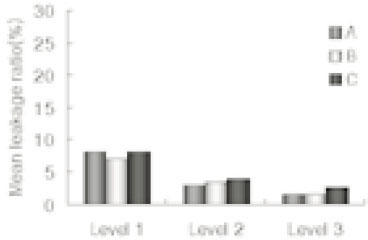
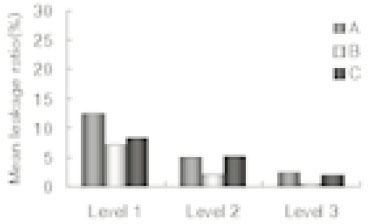
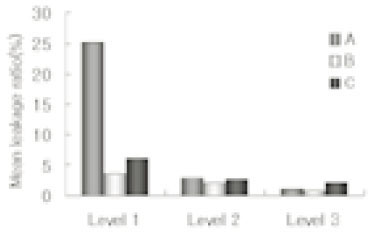

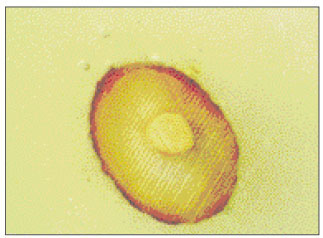
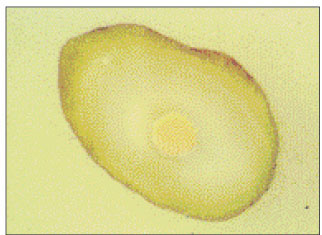

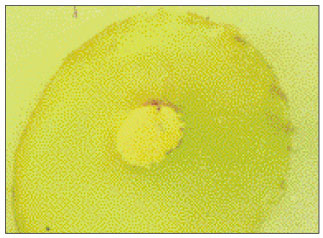
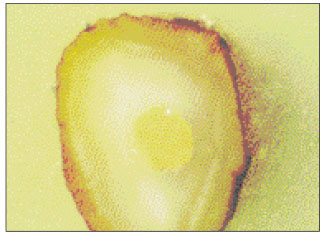
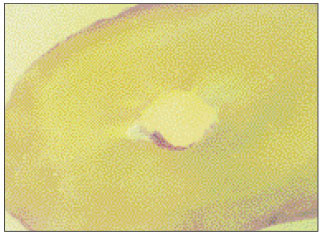
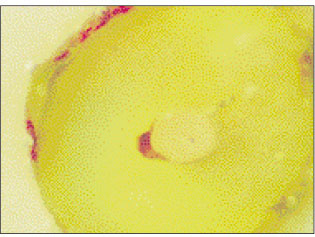
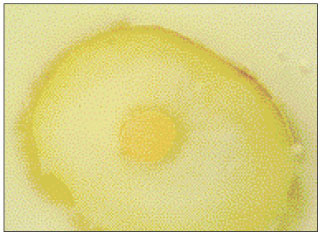
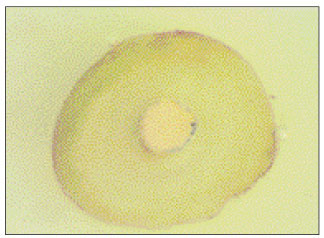

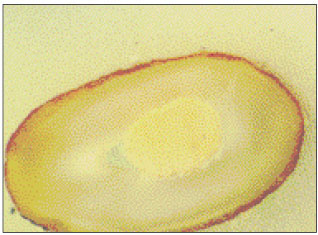
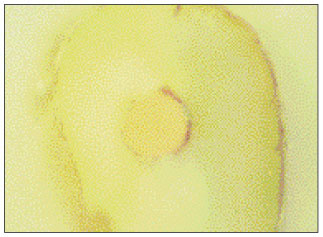
Fig. 1
Fig. 2
Fig. 3
Fig. 4
Fig. 5
Fig. 6
Fig. 7
Fig. 8
Fig. 9
Fig. 10
Fig. 11
Fig. 12
Fig. 13
Fig. 14
Fig. 15
Fig. 16
Classification of Experimental Groups
*MAF;Master Apical File
Mean leakage ratio (%) at 3 Levels
A: Lateral condensation with standard master cone
B: Lateral condensation with customized master cone
C: Continuous wave of obturation
Level 1: 1.5mm from the apex, Level 2: 2.5mm from the apex, Level 3: 3.5mm from the apex
Statistical analysis of mean leakage ratio(%) in experimental groups
*statistically significant at P<0.05
Statistical analysis of mean leakage ratio(%) between groups:Newman-Keuls multiple comparisons test
*statistically significant at P<0.05
ND; no statistical difference
*MAF;Master Apical File
A: Lateral condensation with standard master cone B: Lateral condensation with customized master cone C: Continuous wave of obturation Level 1: 1.5mm from the apex, Level 2: 2.5mm from the apex, Level 3: 3.5mm from the apex
*statistically significant at P<0.05
*statistically significant at P<0.05 ND; no statistical difference

 KACD
KACD



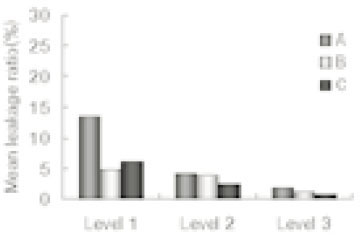


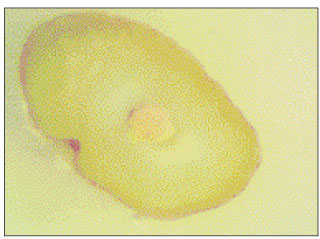






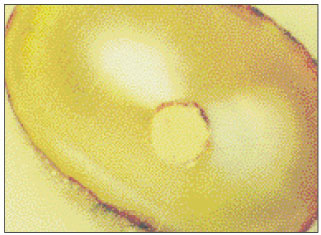


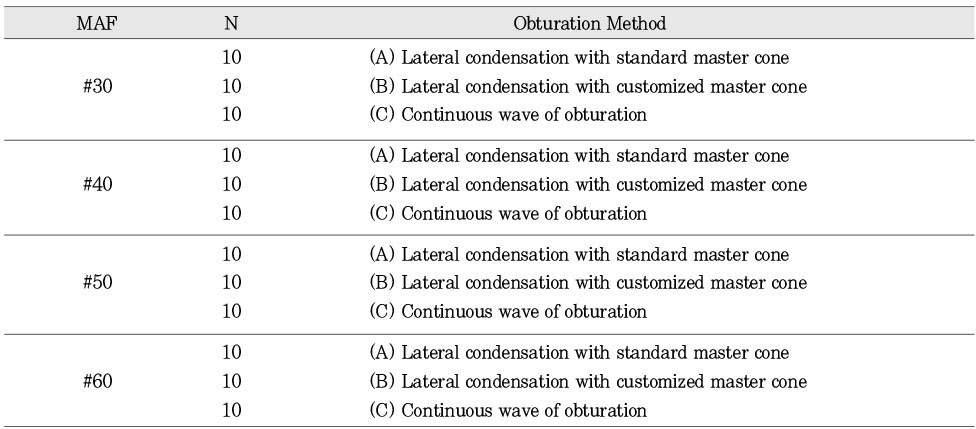
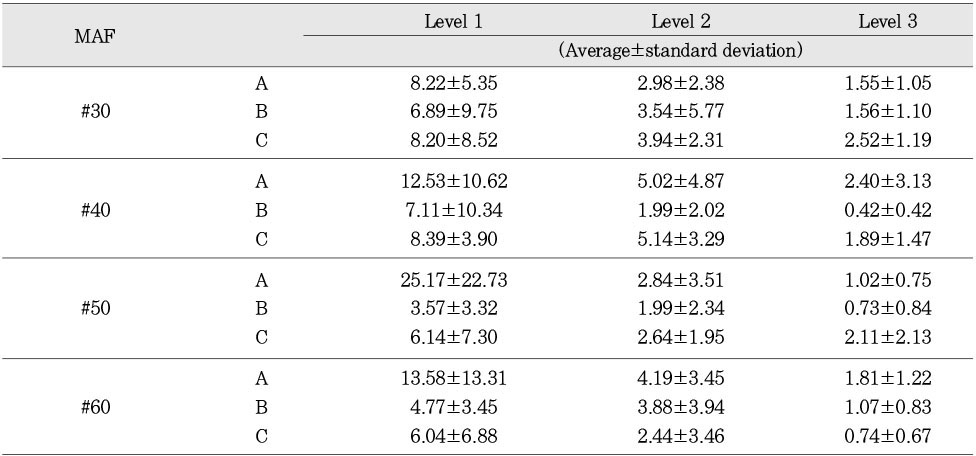


 ePub Link
ePub Link Cite
Cite

